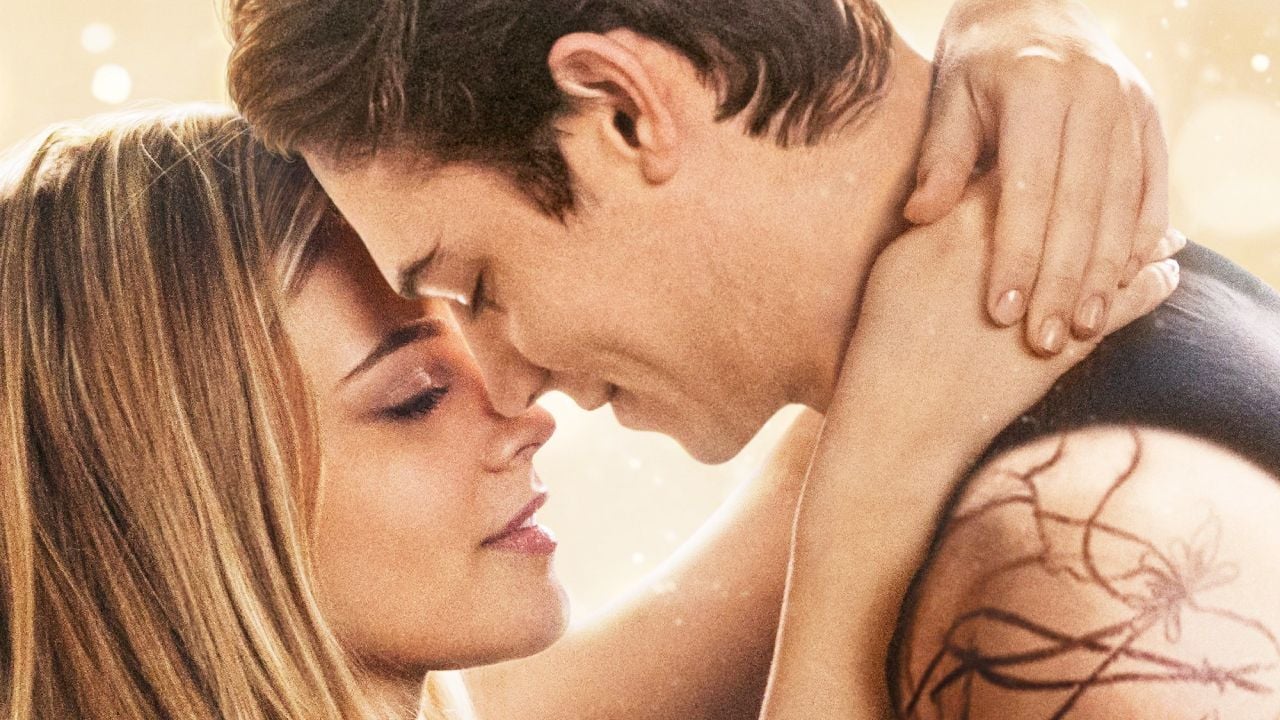What do our choices to rewatch TV shows tell us about ourselves? And is it normal for us to keep returning to old favorites?
How often do you find yourself pressing “play” on an old favorite series, reliving the same TV episodes you’ve seen before – or even know by heart?
I’m a chronic viewer of shows I’ve already seen. For me, episodes of sitcoms like Blackadder (1983-1989), Brooklyn Nine-Nine (2013-2021), and The Office (2005-2013) are very welcome in times of stress.
But recently, before an exceptionally challenging deadline, I found myself changing the way I looked. Instead of the escapist comedy I normally return to, I turned to Breaking Bad (2008-2013), a gripping thriller with a complex inverted hero narrative – and felt immediately at home.
What do our choices to watch tell us about ourselves? Is it normal for us to keep returning to old favorites?
Fictional stories, real relationships
Although one-sided, the relationships we form with characters from our favorite TV shows can feel very real. They can increase the sense of belonging, reduce loneliness and continue to attract us.
When we watch it again, we feel sadness, joy and longing at the same time.
We call the sum of these contradictions nostalgia.
Originally coined in the 17th century to describe Swiss soldiers hampered by homesickness, psychologists today interpret nostalgic reflection as a shield against anxiety and threat. promote a feeling of well-being.
We all rely on fiction to transport us away from our lives and realities. The nostalgic vision broadens the experience, taking us where we already know and love.
Compulsive nostalgia
The Covid-19 pandemic has unleashed a wave of nostalgia.
In the United States, the Nielsen agency found that the most broadcast program of 2020 was the American version of the series The Office, seven years after it ended airing on television. A Radio Times survey revealed that 64% of respondents said they had re-watched a TV series during lockdown, while 43% had watched nostalgic programmes.
Suddenly we found ourselves in an unknown situation and in a state of perpetual agitation. We had more time on our hands, but we also wanted to feel safe. Tuning into familiar content on television offered an escape, a refuge from the realities of an unknown future.
Revisiting connections to TV characters gave us a sense of control. We knew what would happen to their future. The calm and predictability of their arcs balanced the uncertainty of ours.
Nostalgia as a plot point
Nostalgia has been in the DNA of television since the first programming decisions were made.
Every December, broadcasters strive to air one of many versions of “A Christmas Carol,” Charles Dickens’ (1812-1870) most-told and familiar ghost story, which also uses nostalgia as a plot device.
First broadcast live on TV in New York City in 1944, with the technology still new, the broadcast continued a century-old tradition of the classic appearing on stages and movie screens.
Watching “A Christmas Carol” connects us to the holiday season and an exciting metamorphosis. Protagonist Ebeneezer Scrooge revisits long-lost versions of himself and goes from villain to hero to old friend in a single night.
For viewers, seeing this character again at the same time every year can also reconnect with the past and create a predictable pattern, even in the frenzy of silly season.
(Re)connection in the real world
The neuroscience of nostalgic experiences is clear. Nostalgia arises when current sensory data, such as what you watch on TV, matches past emotions and experiences.
This triggers a release of dopamine, a reward system neurotransmitter involved in emotions and motivation. Encountering memory is like automatically charging and drawing on past positive experiences, elevating desire and regulating mood.
Therefore, nostalgia is based on experiences encoded in memory. The TV series we choose to watch reflect our values, our tastes and the phases of life we go through.
Maybe that’s why reboots of our favorite movies or series sometimes don’t work and end up leaving us disappointed.
I still remember the bitter disappointment I felt watching the Knight Rider series (2008-2009). I immediately turned to social media to find a community around my nostalgic setback
Stronger from stress
Returning to my challenging deadline, what differentiated the nostalgic experience of watching Breaking Bad?
This series evokes a specific phase of my life. I watched the first three seasons while I was writing my doctoral thesis. Walter White’s rise and fall journey to redemption is connected to a difficult time I went through.
The predictability of Walter White’s story arc in the second viewing was an unlikely refuge. The escalating high-stakes drama mirrored my growing stress while simultaneously connecting me with who I was when I first saw this production.
The result? “Dread Mode” was deactivated, just as my antiheroes returned to their terrifying storyline.

Anjum Naweed does not consult, work for, own shares in, or receive funding from any company or organization that would benefit from the publication of this article, and has not disclosed any relevant relationships beyond her academic role.
Source: Terra
Rose James is a Gossipify movie and series reviewer known for her in-depth analysis and unique perspective on the latest releases. With a background in film studies, she provides engaging and informative reviews, and keeps readers up to date with industry trends and emerging talents.







